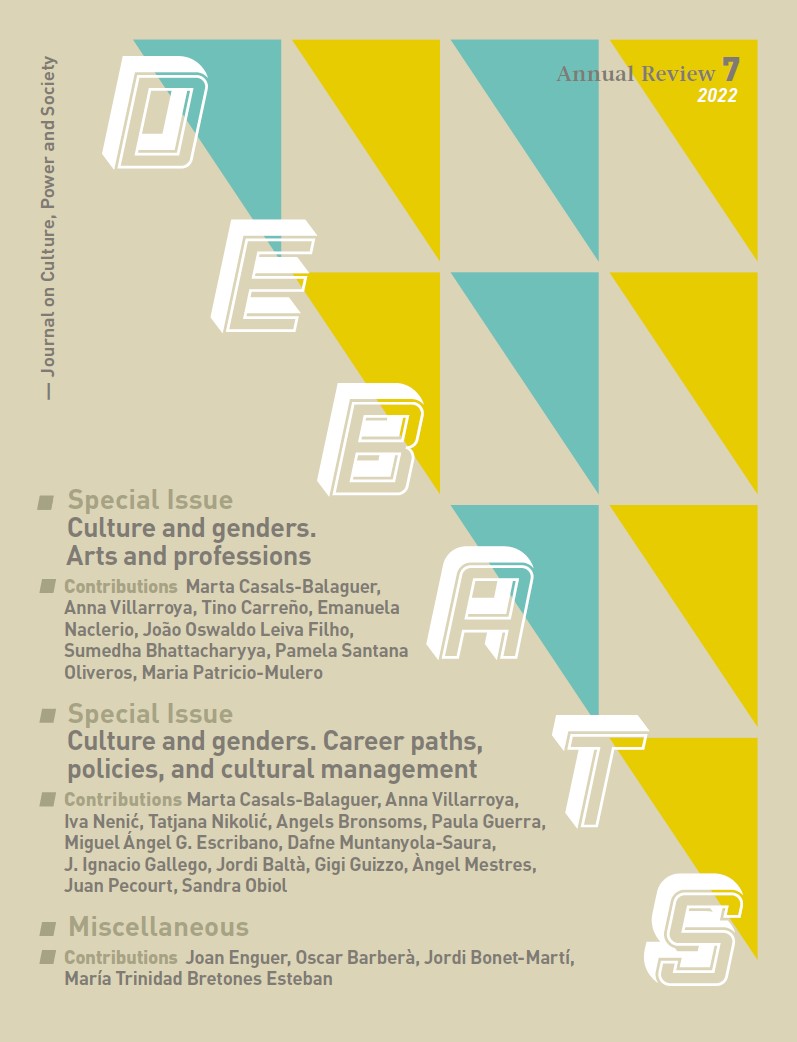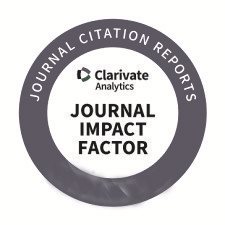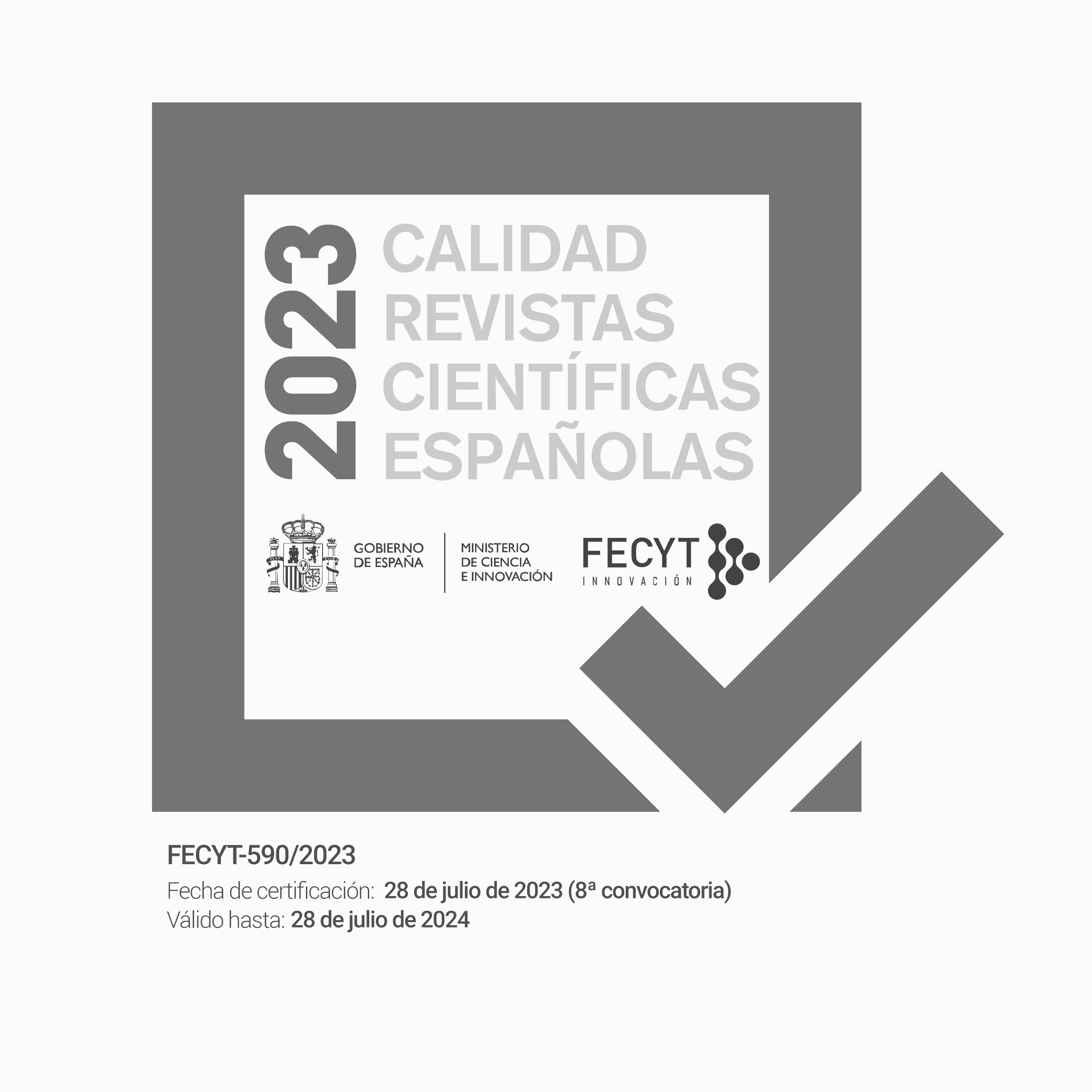The gender paradox: professionalisation of a form of traditional martial arts, Lathi Khela, in the sociocultural context of Bangladesh
Paraules clau:
Lathi Khela, gender, female body, woman, autoethnography, prestige, gender capitalResum
In the midst of a COVID-19 pandemic-struck India, this paper was born as an autoethnographic and analytical inquiry; it presents qualitative and multimodal research into a martial arts dance tradition, Lathi Khela, conducted from 2017 to 2018. This practice developed as a martial art, with little or no patronage, during the colonial days of the still undivided Bengal. Indeed, it still lives on as a popular martial arts dance tradition in many districts and rural communities of Bangladesh. Compared to other districts, the Lathi Khela group from Narail has continued this practice through innovative methods. The distinctive character of the district is governed by the multi-generational practitioners of Lathi Khela and their creative choreographies, as well as the knowledge it articulates and embodies. Moreover, in Narail, this previously male-dominated profession has also included women since 2008. The focus of this work was the role of gender in the continuity of the Lathi Khela tradition in this district. This was achieved
through five semi-structured, demonstrative interviews intuitively applied in the field. The research also drew on an ongoing conversation on Facebook with M. Rahat, an experienced Lathi Khela practitioner, who took stock of the current cultural landscape of the practice in the context of COVID-19. On the one hand, the women of this district occupy a contested space when representing this male-dominated tradition, and on the other, they physically embody lives within the patrilineal boundaries of kinship and marriage. The performativity of gender is thus, directly connected to the symbolic meaning of maan, that is, the prestige attributed to the female body within the sociocultural contexts of the Lathi Khela
Descàrregues
Referències
Adhikary, S. (2015). The Bratachari Movement and the Invention of a ‘Folk Tradition’. South Asia: Journal of South
Asian Studies, 38(4), 656-670. DOI: 10.1080/00856401.2016.1086941
Ahmad, I. (2013). Industrial Relations and Labour Management of Bangladesh. USA & Canada: Trafford Publishing.
Bala S. (2013) The Entangled Vocabulary of Performance University of Amsterdam, Netherlands. Rupkatha Journal on
Interdisciplinary Studies in Humanities, 5(2),12-21
Bharucha R.(1989). Notes on Invention of Tradition. Economic and Political Weekly, Vol. 24(33) 1907-1909+1911-1914
Bakka, E., and Karoblis, G. (2010). WRITING “A DANCE”: EPISTEMOLOGY FOR DANCE RESEARCH. International
Council for Traditional Music.
Bank, W. (2012). http://siteresources.worldbank.org/INTWDR2012 Resources/7778105-1299699968583/7786210-1315936222006/
chapter-4.pdf. Accessed on 1st Dec 2017
Bhattacharyya, S. (2017) [Photograph of: Lathi Khela practitioners from different districts (Manikganj, Kishoreganj,Netrokona
group) in rural Bangladesh
Bhattacharyya, S. (2017) [Photograph of: Lathi Khela practitioners from Narail district of Bangladesh
Blanchet T. (1986). Marriage & Divorce in Bengali Muslim Society. unpublished, Dhaka.
Bourdieu, P. (1993). The Field of Cultural Production. Oxford.
Boylorn, R.M. and Orbe, M.P. (Eds.). (2014). Critical Autoethnography: Intersecting Cultural Identities in Everyday
Life (1st ed.). Routledge. https://doi.org/10.4324/9781315431253
Bridges, T. S. (2009). Gender Capital and Male Boldy-Builders. Body & Society SAGE Publications , 15(1), 83–107.
Buckland, T. J. (2001). Dance, Authenticity and Cultural Memory: The Politics of Embodiment. International Council
for Traditional Music, 33, 6-16.
Butler J. (1990). Gender Trouble : Feminism and Subversion of Identity. New York : Routledge
Chandralekha. (1980). Militant Origins of Indian Dance. Social Scientist, Vol. 9,(2/3), 80-85. Retrieved 01 14, 2014
Chaudhary H, Rafiqul, A.R., Nilufer, 1980b. The Role of Women in the Social and Cultural Setting of Bangladesh :Some
Theoretical Understanding, in: Female Status In Bangladesh. Bangladesh Institute of Development Studies Dhaka,
Bangladesh, pp. 5–17.
Chowdhury, Najma. (2001). The Politics of Implementing Women’s Rights in Bangladesh, in: Globalisation, Gender
and Religion: The Politics of Women’s Rights in Catholic and Muslim Contexts. Palgrave, New York, 203–230.
Ellis, C., and Bochner, A. P. (2000). Autoethnography, personal narrative, reflexivity: Researcher as subject. In N. K.
Denzin & Y. S. Lincoln (Eds.), Handbook of Qualitative research (pp. 733–768). Thousand Oaks, CA: Sage
Ettorre, E. (2017). Feminist Autoethnography, Gender, and Drug Use: “Feeling About” Empathy While “Storying the
I.” Contemporary Drug Problems, 44(4), 356–374. https://doi.org/10.1177/0091450917736160
Farrer, D.S., Whalen-Bridge, J. (2011). Martial Arts As Embodied Knowledge. State University of New York Press, Albany, United States
Giurchescu, A. (1999). Past and Present in Field Research. In T. Buckland, Dance in the Field: Methods and Research in
Dance Ethnography. Great Britain: Macmillian Press Ltd.
Hillyard, S., 2010. New Frontiers in Ethnography. s.l.: Emerald Group Publishing Limited.
Kabeer N. The Quest for National Identity: Women, Islam and the State in Bangladesh: Feminist Review,37, 38-58
Hossain, M. (2015). Women’s Participation in Agriculture in Bangladesh 1988-2008: Changes and Determinants.
ResearchGate, 1-17.
Huppatz, K. (2012). Gender Capital at Work. New York: Palgrave Macmillian.
Jones, D. E. (2002). Combat, ritual and Performance: Anthropology of the Martial Arts (2 ed.). Westport.
JUPress. (2017, August 30) https://jadunivpress.com/2017/08/30/astracharcha-pulin-behari-das-rachanasamgraha/
Kozinet, R. (2015). Netnography: Redefined.
Kozinets, R. V., Dolbec, P.-Y., and Earley, A. (2013). Netnographic Analysis: Understanding Culture Through Social.
In U. Flick, The SAGE Handbook of Qualitative Data Analysis.
Kotalova, J. 1993, Belonging to others : cultural construction of womanhood among Muslims in a village in Bangladesh.
Academiae Ubsaliensis ; Distributor, Almqvist & Wiksell International Uppsala : Stockholm, Sweden
Lutz, H., Vivar, M.T.H., and Supik, L. (Eds.). (2011). Framing Intersectionality: Debates on a Multi-Faceted Concept
in Gender Studies (1st ed.). Routledge. https://doi.org/10.4324/9781315582924
Mandakathingal A. (2020) Gender Roles in Martial Art: A Comparative Analysis of Kalaripayattu Practices in India:
Women’s Studies
Marium, L. (n.d.). Restructuring Traditions : An Experiment in introduction of Performance Pedagogy and Indigenous
Performing Art of Bangladesh. SAARC Folklore, (p. 9).
Marium L.(2021) Empowering communities through culture. (online) https://www.thedailystar.net/opinion/news/
empowering-communities-through-culture-2052249. Accessed on 30th May 2021
Massey, D. B. (1994). Space, place, and gender. Minneapolis: University of Minnesota Press.
McNay, L. (2000) Gender and Agency: Reconfiguring the Subject in Feminist and Social Theory, Cambridge: Polity Press
Miller, D. L. (2014). Symbolic Capital and Gender: Evidence from two cultural fields. Sage, 1-21.
Munsi, U. S., and Burridge, S. (2011). Imag(in)ing the Nation: Uday Shankar’s Kalpana. In Traversing Tradition: Celebrating
Dance in India, New Delhi: Routledge, 124-150.
Ngunjiri, F. W., Hernandez, K. C., and Chang, H. (2010). Living autoethnography: Connecting life and research
[Editorial]. Journal of Research Practice, 6(1), Article E1. Retrieved February 26, 2014, from http://jrp.icaap.org/
index.php/jrp/article/view/241/186
Turner, B., and Yangwen, Z. (2009). The Body in Asia, Asia Pacific Studies, 1-21
Department of Archaeology Government of the People’s Republic of Bangladesh (2013). National Workshop on
Implementation of the UNESCO Convention for the Safeguarding of the Intangible Cultural Heritage in Bangladesh.
White, S. C. (2010). Domains of contestation: Women’s empowerment and Islam in Bangladesh. Women’s Studies
International Forum, 1-11.
Wong, M.L. and Tiu-Wu, A. (2014). “Academic Sisterhood: A Collaborative Autoethnography of Two Asian Mothers,
Adult Educators, and Scholars,” Adult Education Research Conference
Wood, S. (2014). Nations, national identity and Prestige. National Identities, 99-115.
Descàrregues
Publicades
Com citar
Número
Secció
Llicència
Sense perjudici del que disposa l'article 52 de la Llei 22/1987 d'11 de novembre de Propietat Intel·lectual, BOE del 17 de novembre de 1987, i conforme a aquest, els/les autors o autores cedeix/en a títol gratuït els seus drets d'edició, publicació, distribució i venda sobre l'article, per tal que siga publicat a Debats. Revista sobre cultura, poder i societat.
Debats. Revista de cultura, poder i societat es publica sota el sistema de llicències Creative Commons segons la modalitat “Reconeixement – NoComercial (by-nc): Es permet la generació d’obres derivades sempre que no se’n faça un ús comercial. Tampoc no es pot fer servir l’obra original amb finalitats comercials”.
Així, quan l’autor/a envia la seva col·laboració, accepta explícitament aquesta cessió de drets d’edició i de publicació. Igualment autoritza Debats. Revista de cultura, poder i societat la inclusió del seu treball en un fascicle de la revista perquè es puga distribuir i vendre.











